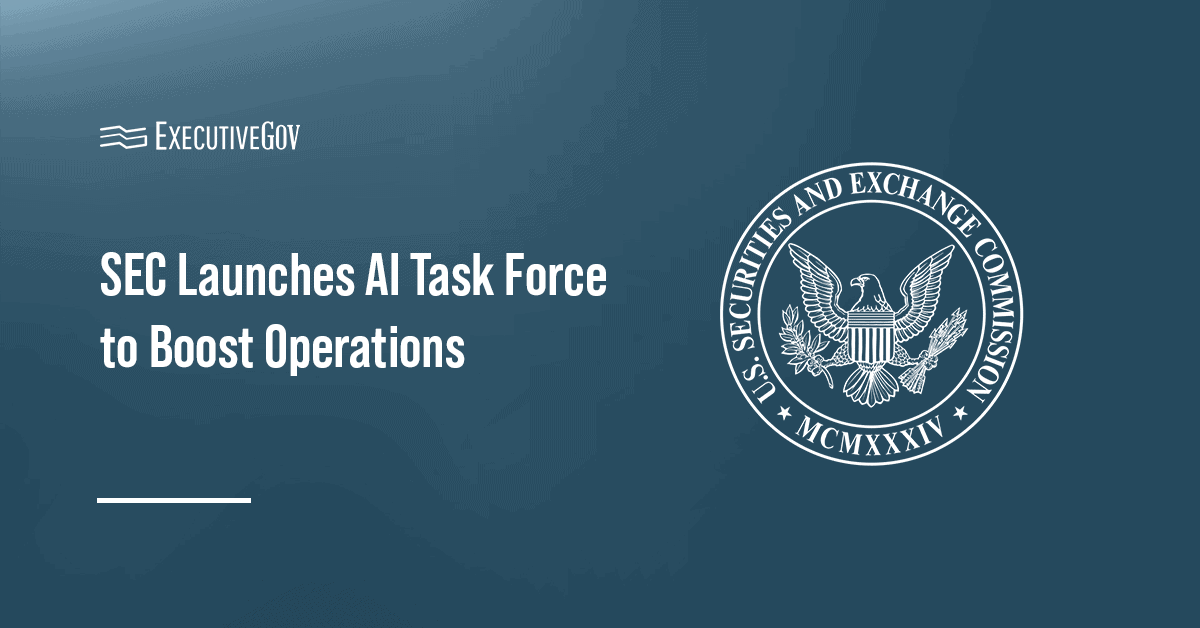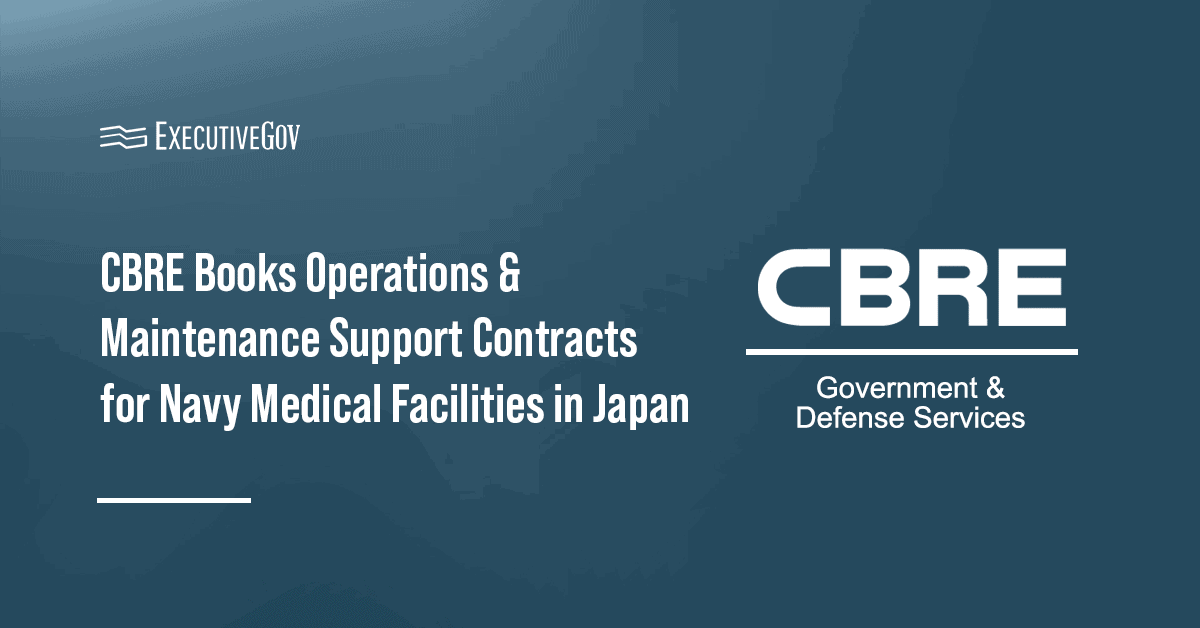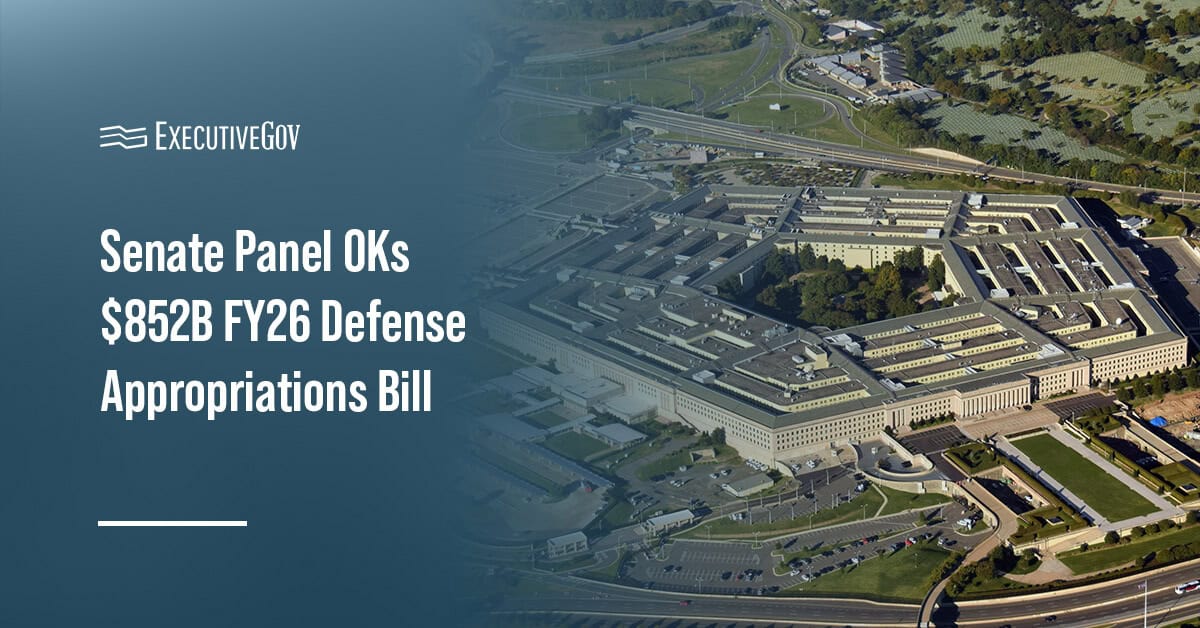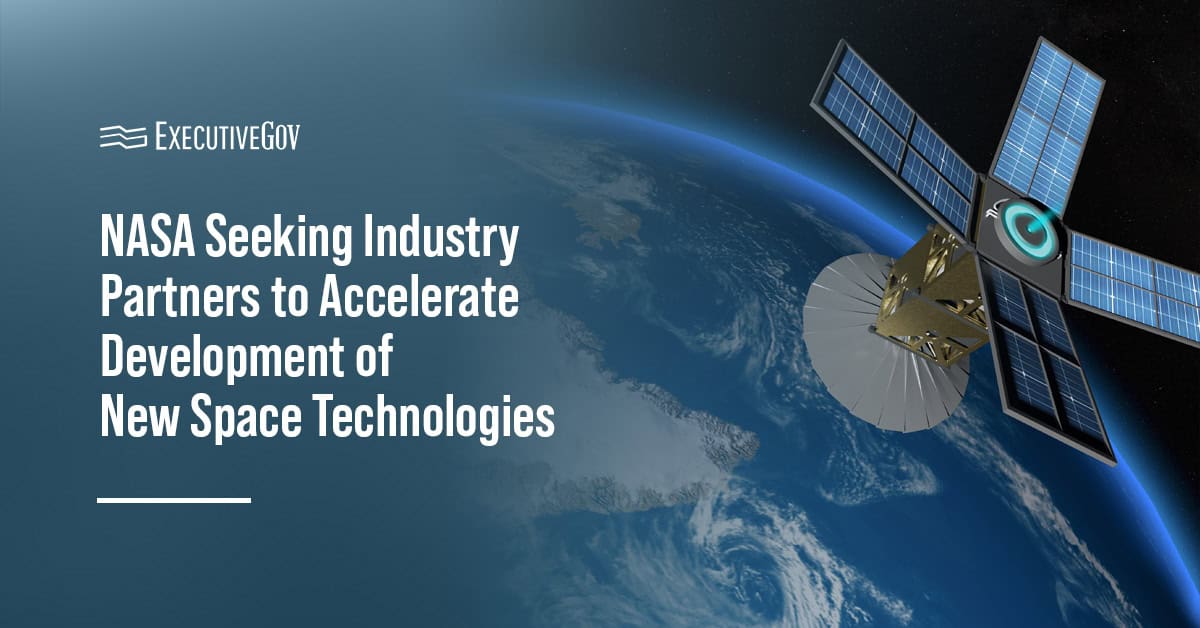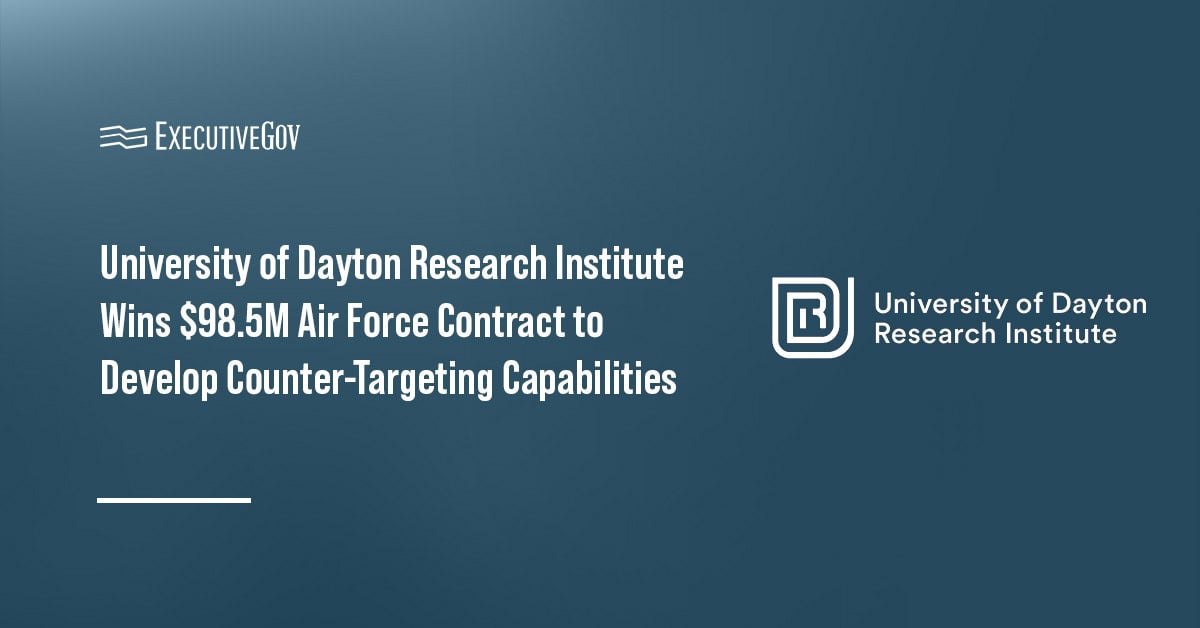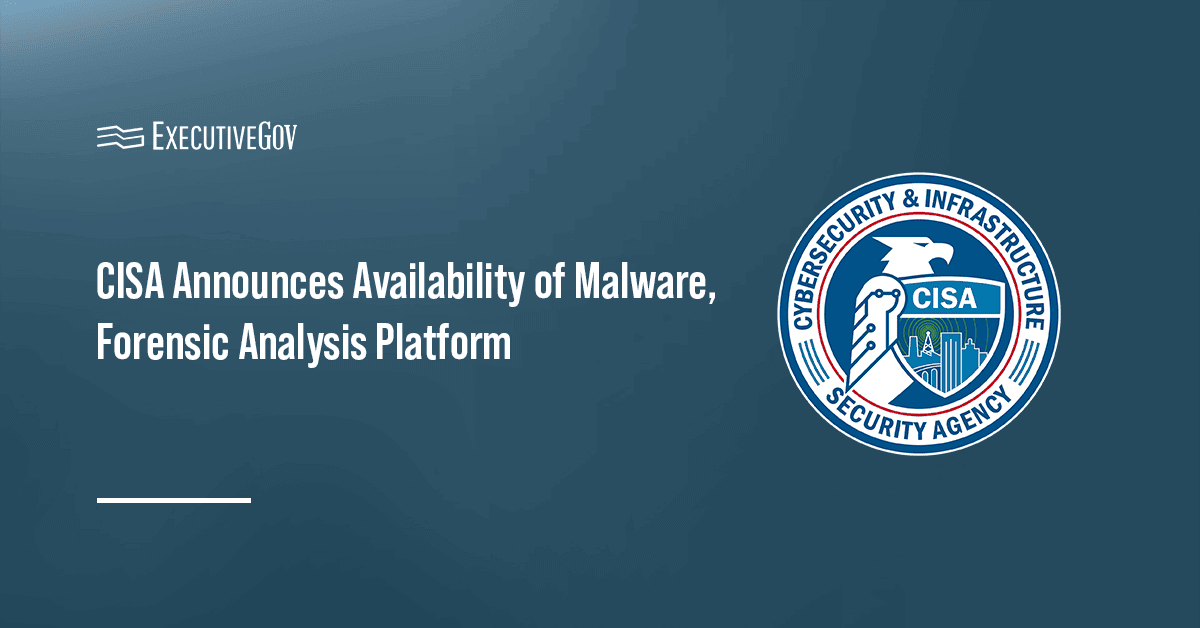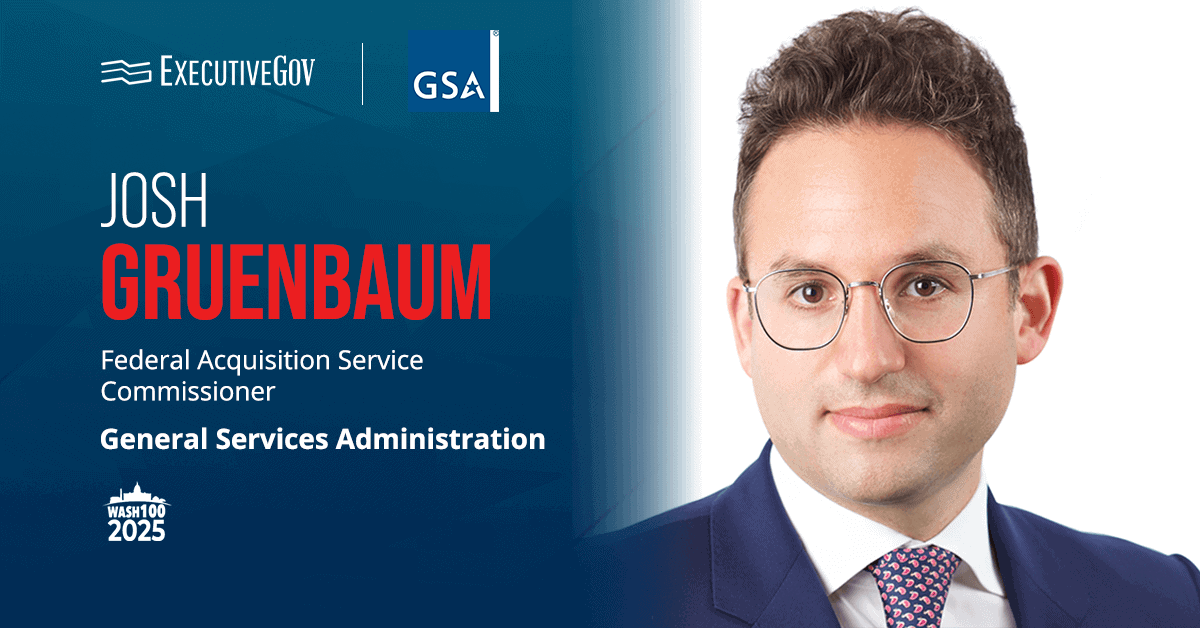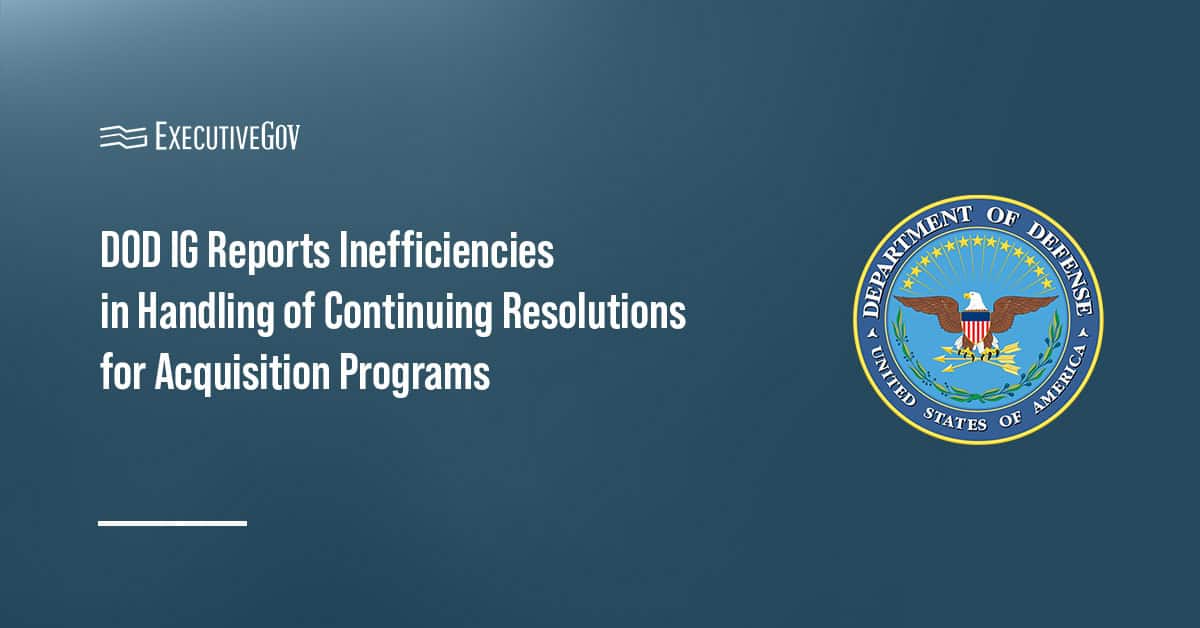The Securities and Exchange Commission has created a task force dedicated to the responsible use of artificial intelligence to bolster innovation and operations.
The SEC said Friday that Chief AI Officer Valerie Szczepanik will spearhead the AI Task Force, which is designed to streamline the commission’s AI adoption and facilitate collaboration across the agency. The new task force will oversee the entire AI lifecycle, address potential obstacles, and prioritize AI applications for maintaining governance.
Table of Contents
SEC Chairman Comments on the AI Task Force
“The AI Task Force will empower staff across the SEC with AI-enabled tools and systems to responsibly augment the staff’s capacity, accelerate innovation, and enhance efficiency and accuracy,” said SEC Chairman Paul Atkins. “By ingraining innovation into our culture SEC-wide, we will further our mission to protect investors, maintain fair, orderly, and efficient markets, and facilitate capital formation,” he added.
Valerie Szczepanik’s Career Highlights
Szczepanik was most recently the director of the SEC’s Strategic Hub for Innovation and Financial Technology. She was also the senior adviser for digital assets and innovation and an associate director in the SEC’s Division of Corporation Finance, an assistant director in the Division of Enforcement, and a special assistant U.S. attorney at the U.S. Attorney’s Office for the Eastern District of New York.
“The AI Task Force will aim to centralize and align efforts to advance AI-enabled transformation across the entire Commission. I look forward to accelerating work already underway in the SEC’s divisions and offices to build enterprise capacity for AI innovation and implement AI solutions that are trustworthy, effective and mission enhancing,” said Szczepanik.


